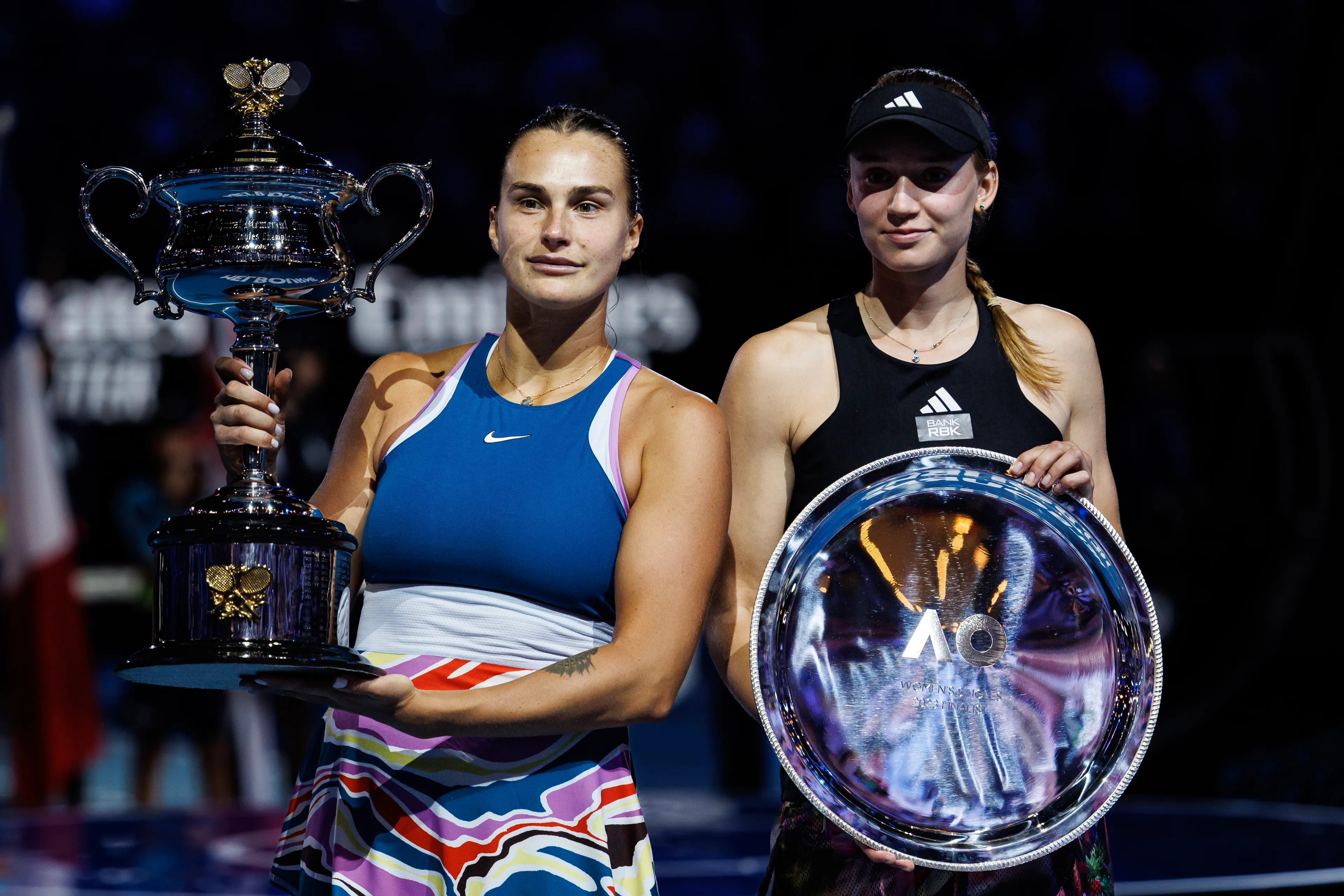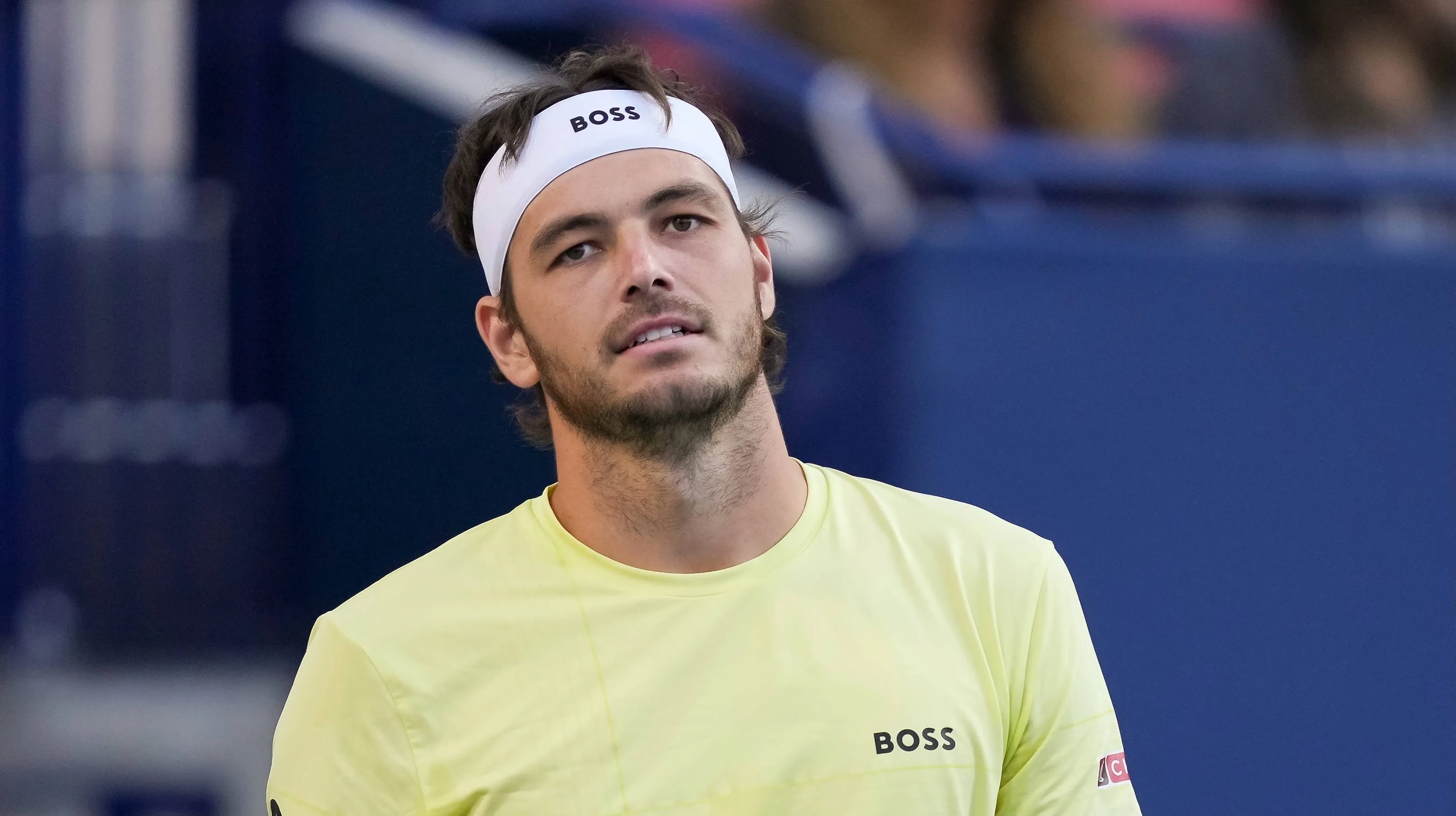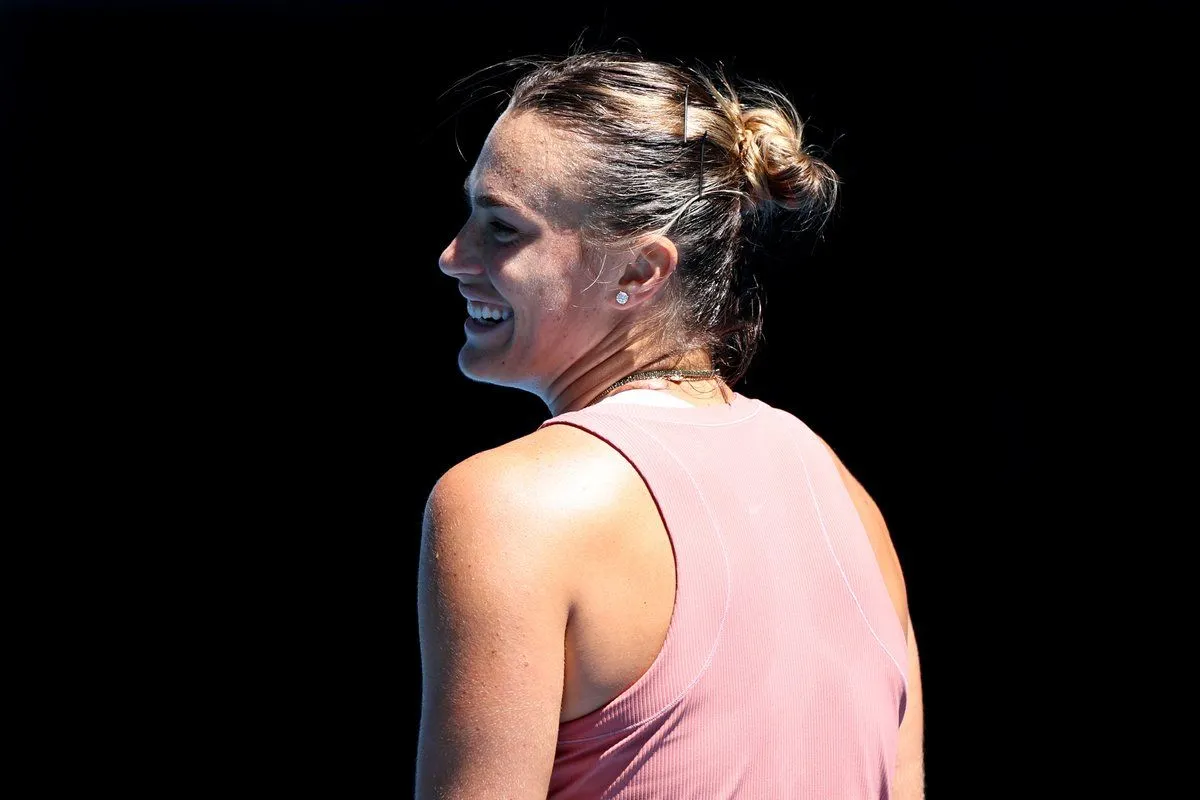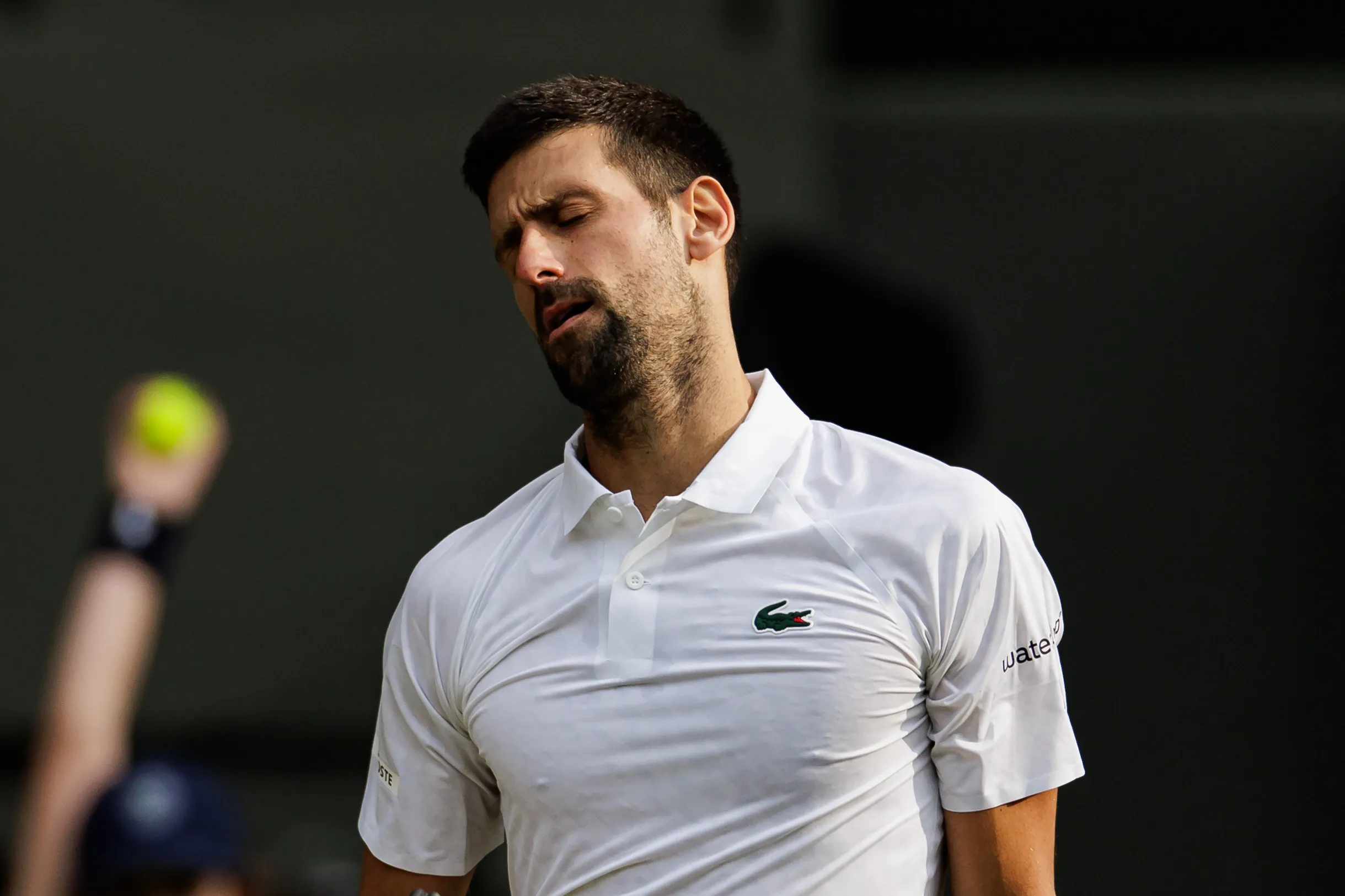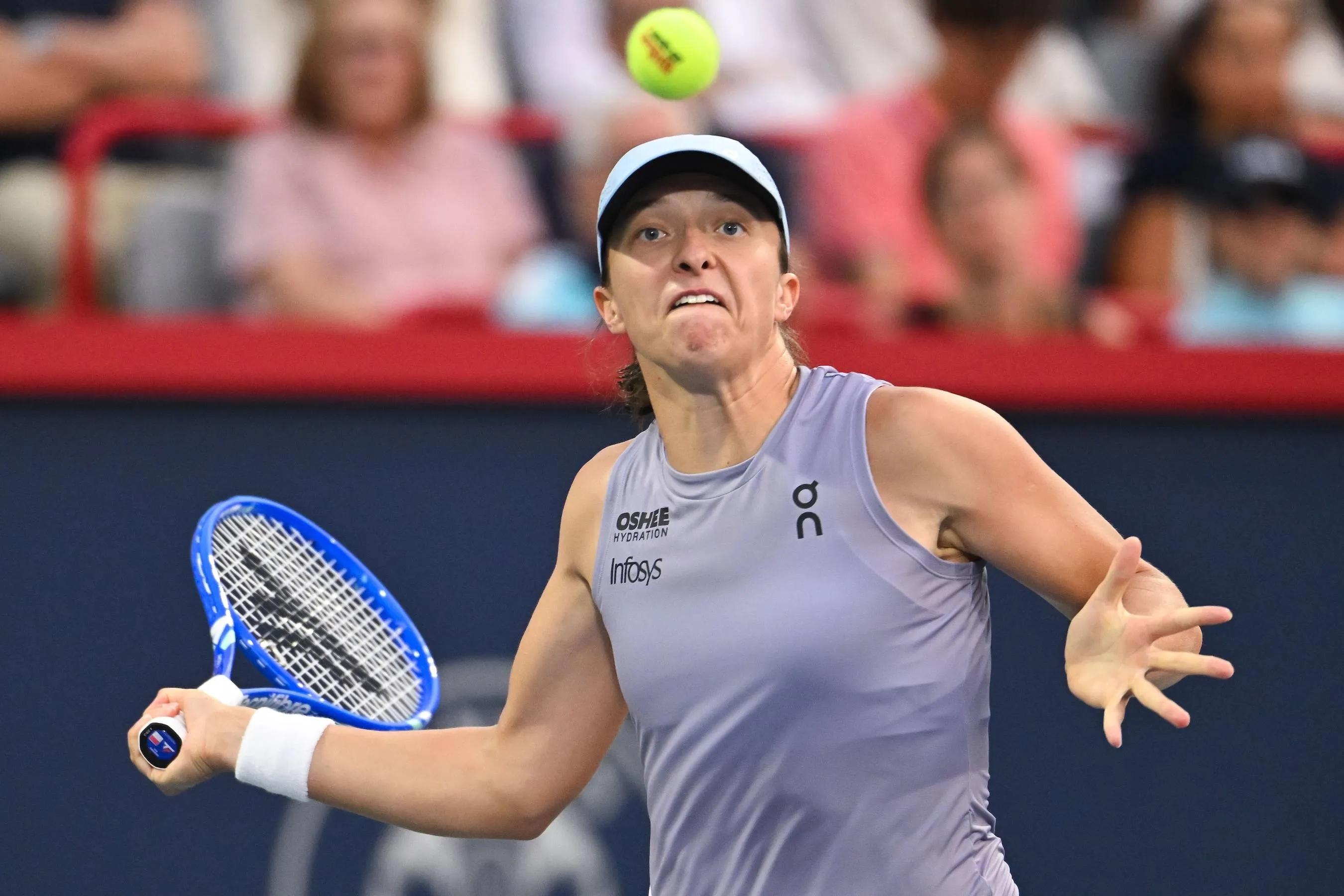Choosing the Best Tennis Balls and Rejecting the Rest: Buyer's Guide
TennisSunday, 23 July 2023 at 08:00
Updated at Tuesday, 05 August 2025 at 11:56
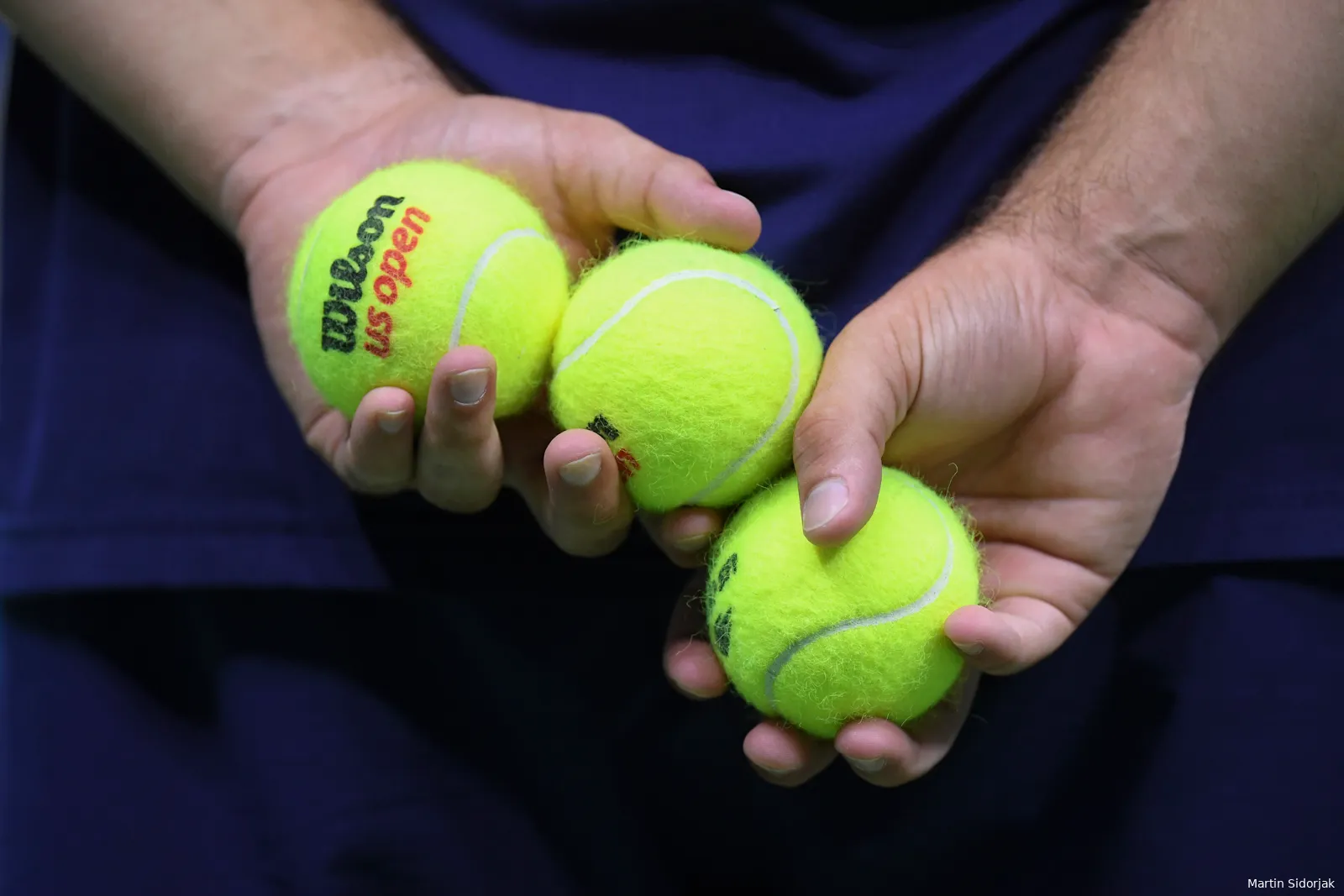
To state the obvious, tennis balls are essential at any level of the sport – but which type is the best? And which balls should best be avoided?
Type can be broken down into two categories: Pressurised and non-pressurised balls. As standard, most tennis balls will be the pressurised type, with non-pressurised becoming more prevalent in the last decade or so.
These non-pressurised balls include the likes of Wilson Triniti and Tretorn X, which are renowned for still providing a good bounce for longer than standard tennis balls, making them great for practice and club play.
However, it should be noted this type of ball can feel distinctly different on contact with the stringbed. Namely, they feel lighter, and can deform more on impact. In addition, it’s worth knowing no tournament will use a non-pressurised ball, so at least at this time, I have to recommend that competitive players continue to use the standard, pressurised balls, in order to have the best experience in practice for competition.
Leading on, the always popular Slazenger Wimbledon tennis balls can feel very nice to hit with and are still in use at tennis’s most prestigious and famous tournament. However, I cannot recommend these tennis balls, primarily because the felt on the Slazenger ball does not last long. It fluffs up very quickly, hindering the bounce and flight of the ball, and in a damp environment, the ball quickly dies.
Some even speculate a heavier felt is used in the Slazenger Wimbledon ball, with the purpose to slow down the professionals on the fast grass courts at Wimbledon. This possible issue aside, even in good conditions, my experience has been the rubber on these balls wears out faster than other brands.
Head Team, Radical and Core tennis balls are also commonly seen at tennis clubs, often used by casual players as these are usually the only branded balls available at large sports retail shops.
These balls suffer from almost the exact opposite problem of the Slazenger Wimbledon ball, in that these Head balls are very cheaply manufactured with sub-par materials, resulting in a ball that doesn’t bounce very high, and skids a lot through the court, making it difficult to maintain a rally. Head Tour tennis balls are far superior, and are actually used for tournament play, albeit their felt will fluff up noticeably in the rain.
Dunlop Fort, Dunlop ATP and Wilson US Open are the gold standard for tennis balls. These tennis balls are of excellent quality, feeling solid and consistent when hitting, without feeling overly heavy. You will see these tennis balls in use at all levels of competition, from local league circuits, all the way to the most prestigious pro tournaments.
While each of these are quite similar, some mild differences include the Dunlop ATP balls are a little faster, and the Wilson US Open I have found to feel slightly heavier, and are a little more durable.
Read also
Loading
